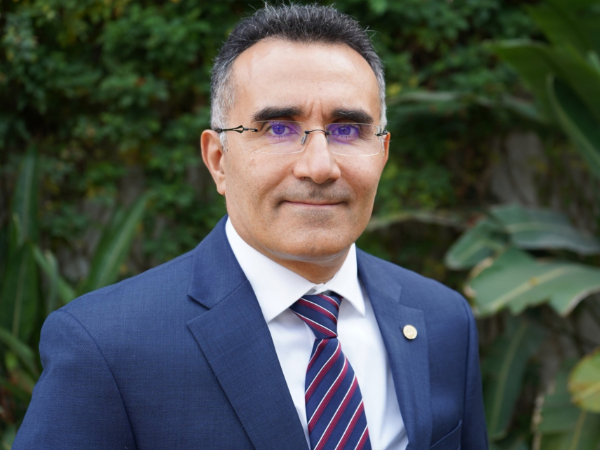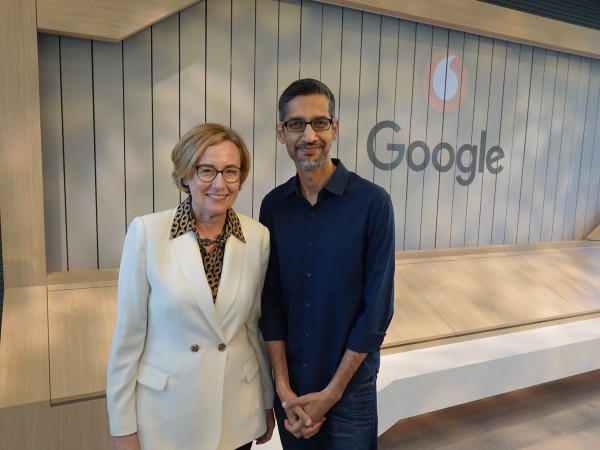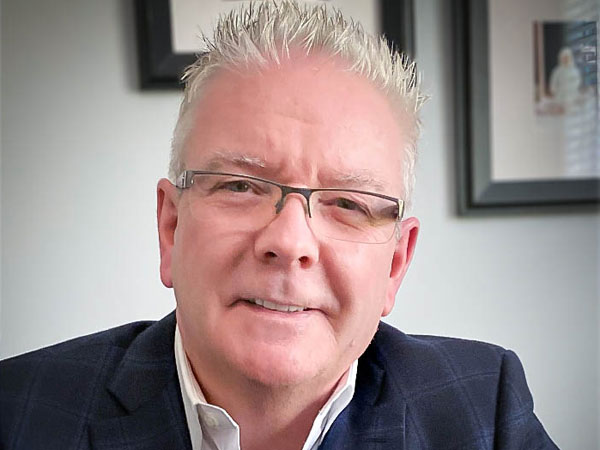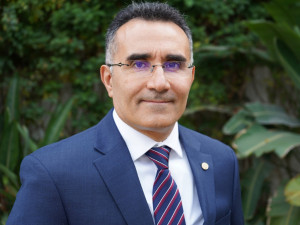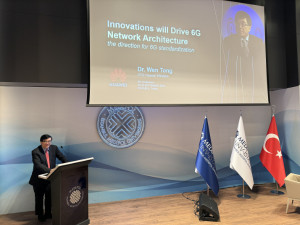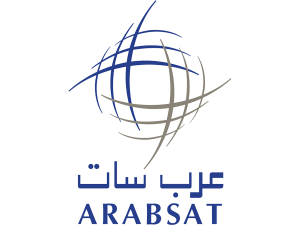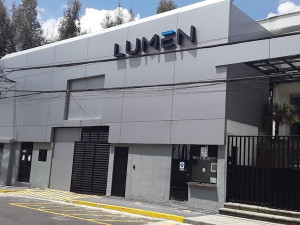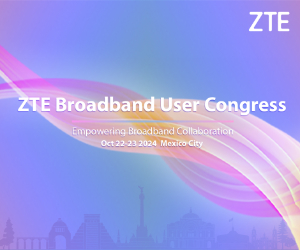Originally focused primarily on the carrier Ethernet space, MEF has worked for years on developing standards and certifications. Across the past few years, its remit has expanded greatly across other technologies, making its certification work of ever-greater importance to operators in emerging markets.
MEF COO Kevin Vachon explained to us how factors – from the prevalence of SD-WAN to the pandemic – have resulted in MEF having a renewed impact in these regions.
MEF’s work has long been relevant to emerging markets but how has the pandemic prompted a renewed focus on these regions?
Our origins involved developing a lot of the standards that are widely used in the industry for carrier Ethernet and certification programmes, and that work was broadly utilized across the industry – and all over the world, including emerging markets where various companies such as operators may not be active members of MEF, but they download our standards and use them to build out.
About six years ago, we started embarking on initiatives to enable automation of those services – they were largely static in nature, it was a point-to-point circuit. It could have been multiple operators depending if it was a global connection, but it was nailed up – and now there’s been an evolution of on demand services being sold to enterprises, where people want bandwidth on demand. They want to be able to go to a portal and add connectivity or change its nature, which implies that these services have to be dynamic in nature.
The evolution of MEF’s work has accommodated that, but a big focus for us would be to enable that level of automation on a global basis. If you think of a simple use case – let’s say BT working with CMC Networks in South Africa – maybe they have a global customer with however many plants or mines in the market, and they need to buy last mile access of some sort, whether it’s big or small bandwidth. All of the major operators are now trending towards automating these processes through APIs, so BT has an API with CMC – and there’s been a huge amount of work to develop the specific APIs. MEF developed a framework for this automation around six years ago, and the global carrier community has come together to standardize on MEF APIs for these kind of transactions, so that’s very important in the wholesale space.
Where else could this apply?
The vision was to extend our work to other types of services; for example, with the emergence of SD-WAN, there was no order in that market. There were all sorts of vendors pitching solutions and calling them SD-WAN with no standardized terminology. MEF had done a nice job with carrier Ethernet of laying out the whole framework for services, the piece parts, the components, the terminology; we set out to do the same thing with SD-WAN and we’ve been very successful. We started that in 2017 with one standard for SD-WAN and now we have around 15-20 related technical things going on in this area. We’ve quite quickly become known as the standards home for SD-WAN.
It’s still at an earlier stage of adoption – you have hundreds of service providers selling SD-WAN with a vendor-driven solution, but some of these are already MEF-certified while a larger amount are using the standards and are likely to become certified. We’re in a market research stage of working out which providers are using our standards, aware of them, and likely to use them in the future.
What’s the next step?
The logical extension was security for SD-WAN, and now we have a broader set of services, an automation framework that was originally targeted at carrier Ethernet, and now we’re automating SD-WAN, which is very relevant to emerging markets.
We’re standardizing more types of services and expanding the frameworks to automate them, including into the enterprise – large enterprises may have 30-40 carrier relationships, with portals for each service provider to buy services from them. This doesn’t scale anymore, so they want to collapse these into a single API for buying telecom and cloud services.
In terms of what can be automated through MEF’s APIs, we originally looked at this from a carrier Ethernet perspective, but we’ve moved towards a service independence view where a customer may want to order a service and have it provisioned.
What are the key trends you’re identifying in emerging markets around digital transformation?
Most of our engagement around this is with developed markets, but what we’re doing is absolutely relevant to emerging markets – it’s just the speed may be a bit different. We’re helping service providers transition from a CSP to a DSP; there’s a lot of different standards and components that come in. The scope of automation is not restricted to single provider; the ecosystem is broader, what’s being delivered to an enterprise is a combination of cloud service, connectivity services etc. There’s an increasing amount of collaboration, because automation involves both cloud providers and service providers.
A multinational with facilities in emerging markets needs to deliver not just connectivity, but services including security need to be available and automated. For example, in a mine in Africa – the parent firm needs high-speed connectivity on-site. The provider that has coverage in that area must be able to offer a standardized service, and that’s where MEF comes in – we detail the kind of wholesale services that providers should offer. They can go to our website and download these standards then build out the kind of services that tier one and tier two operators are providing. Most operators in emerging markets don’t have significant in-house expertise – they rely on integrators to help them find out what’s going on and develop services that they can sell in their own markets.
Using the example of Africa, we help providers who need to deliver services to pan-African enterprises – they can use MEF both as the platform and for instructions. We have standards for wholesale-oriented services to satisfy the standards for inbound connectivity from China, but the layer on top of this is the automation capability – tier one providers aren’t necessarily geared up for this as it’s a relatively slow process, and emerging markets aren’t a priority right now, but they will be. When you look at the timelines of tier-one operator automation strategies, a lot has to happen over the next few years – we’re seeing acceleration now but they’re looking at three-year horizons. Companies in emerging markets that don’t have as much in-house expertise can now take advantage of everything we do to create services today while preparing for the inevitable automation.
What will this involve?
If you look at what’s happening in SD-WAN, growth is accelerating and enterprises with international requirements are using the technology. They have to figure out how to get internet access to all these locations around the world, so MEF is standardizing the internet to help big providers – if you’re trying to service 300 different locations with different types of connectivity and SLAs, it’s difficult to provide something consistent, so this is where MEF Internet Access helps. It’s not so much a technical thing – the gear underneath can probably support it, it’s more how it’s configured. It allows providers to offer a standardized service that can make them wholesale-ready.
It’s not just wholesale - an operator delivering a network in Africa has to get access extended to some challenging places. MEF’s method has always been transport-agnostic – we’re at the service level, we don’t proscribe the transport technology, so the last mile where that internet access is delivered could be 4G/LTE, but of course there’s huge hype around the use of 5G both in developed and emerging markets. MEF enables our end customer to run services end-to-end regardless of whether 5G is being used or if it’s a fibre connection.
How will you continue to drive standardization in emerging markets going forward?
Both domestic and international wholesale may choose to buy into MEF and certify their services to gain market advantage – they look like a world class operator, and their rivals often follow suit. Indonesia’s a good example of this.
Right now, it’s still about getting proper standardized services in place – generally wholesale driven, but when you have a network you’re selling access across that backbone to last mile, and you have to sell a standardized service. Once these have been configured to MEF standard, it’s not much of a stretch to look at the retail offering – the services are configured, priced and sold differently but it requires all the same technologies, so making the investment means that it’s easy to upgrade the retail offering. However, since we’re not as well known among emerging market enterprises, there’s not such a driver for this currently.
One thing we try to do is have members from certain regions to coach us and offer us insight into their markets. For example, CMC Networks in South Africa; they’ve invested in MEF standardization and they’re putting APIs in place. They buy and sell services; they’re positioned for wholesale for the tier one operators who are buying connectivity in South Africa, but as a buyer they’re evangelizing MEF APIs because they want to start automating parts of their transformation strategy and it’s easier if their clients also support this.




